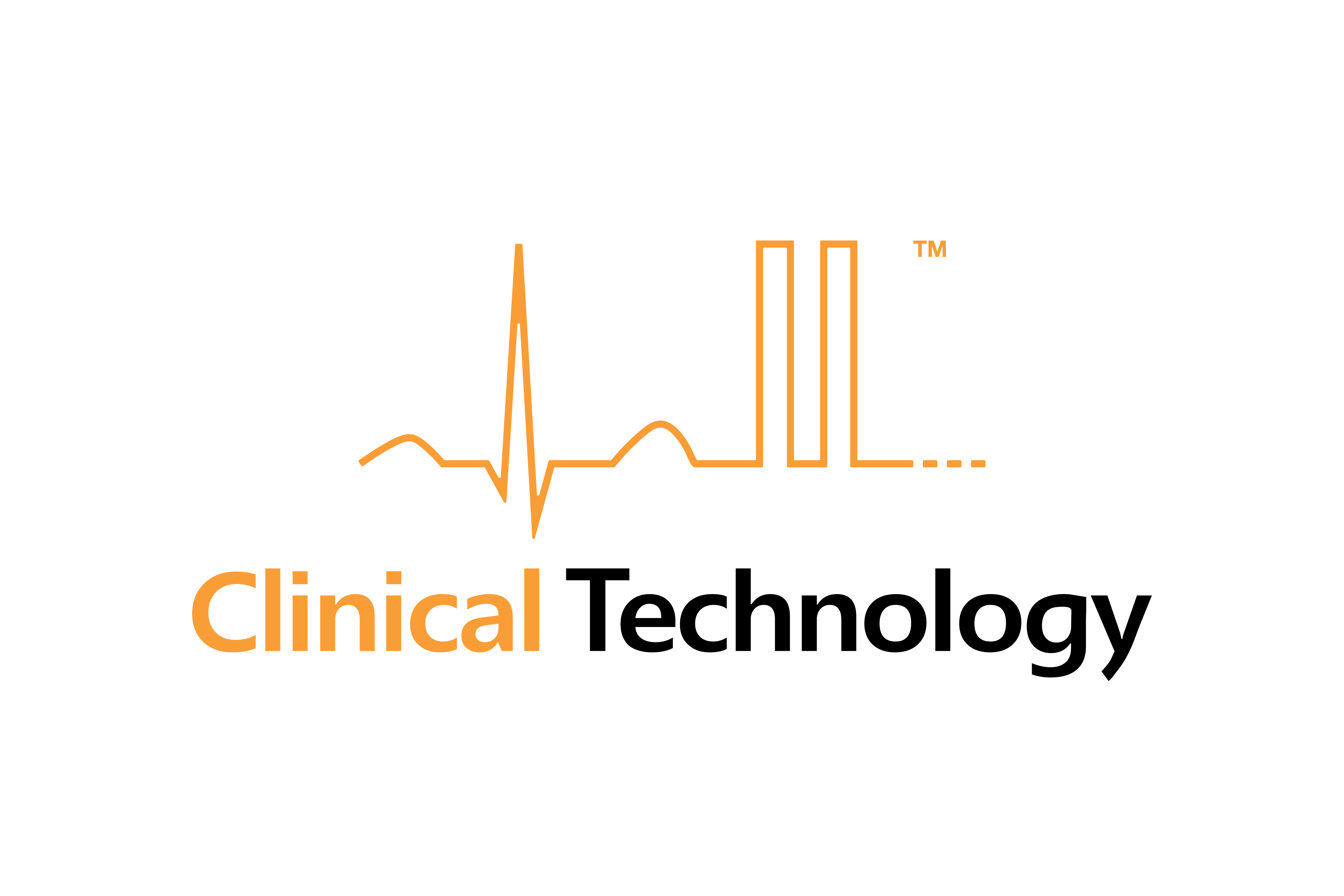Dr. Richard Crane created a disruptive technology when he created a patient monitoring data-sharing protocol that used UDP as a packet broadcast methodology to send data from a patient monitor out onto the network where it could be received by a central station. This was marketed under the name Unity Monitoring network and it possessed a number of interesting features, as well as some foibles some of which I don’t believe, have been corrected to this day. The difficult part of sending physiological information is that waveforms are a real pain to compress and send in full fidelity, even though the typical sampling rate for ECG is 500 samples per second. Pacemaker spikes are a different subject, coming under the heading of high-frequency, low-amplitude (HFLA) signals. Most diagnostic ECG machines also have a 10K SPS pacemaker mode.


XML HSDI Data file opened in NotePad++The inside of an HSDI file looks like this ↑ and comes in two-second snippets which can be concatenated like a flipping book page  to re-create quasi-real-time waveform motion
to re-create quasi-real-time waveform motion
